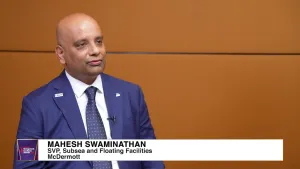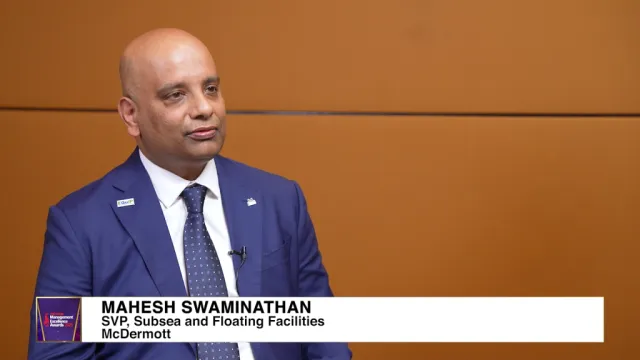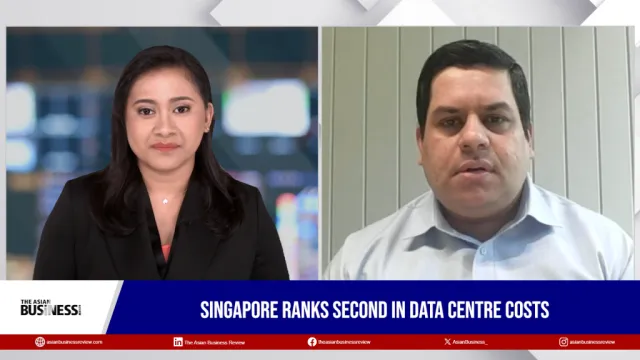
How do employees in Asia feel about their coverage?
Rising medical trend rates are significantly outpacing salary increases.
One in five employees in Asia is not confident they can afford healthcare for themselves or their families in 2025, up from previous years, a new report from Mercer Marsh Benefits revealed.
The report also said there is a growing gap in healthcare affordability across Asia, with insurance benefits playing a central role in either bridging or widening the divide.
Rising medical trend rates—averaging 13% across Asia—are significantly outpacing salary increases, which remain comparatively low across key markets such as India, Indonesia, and the Philippines.
This disparity is putting pressure on employees, particularly those earning below the median income, with 1 in 3 in this group reporting healthcare affordability concerns.
Insurance coverage remains limited for core services.
For example, whilst 40% of employees say insurance coverage for prescription drugs or routine doctor visits would be helpful, far fewer employers are currently providing these benefits.
There is also a substantial gap in critical illness and personal accident insurance availability, particularly amongst lower-income employees.
The report also notes that employees are delaying medical care due to financial constraints, particularly amongst younger generations.
This delay can increase long-term healthcare costs and impact workforce productivity.
Mental health coverage is another area of concern.
Whilst 38% of male employees in Asia say they value mental health screenings, only 25% report having access to such benefits through their employer.
Insurers have an opportunity to close these gaps by partnering with employers to deliver more accessible and affordable products tailored to different income levels and life stages.
These include expanded outpatient and mental health coverage, preventive screenings, and products designed to mitigate climate-related health risks, which are becoming more frequent in the region.
The findings are based on responses from 5,121 employees in Asia as part of a global survey conducted in late 2024.



















 Advertise
Advertise









